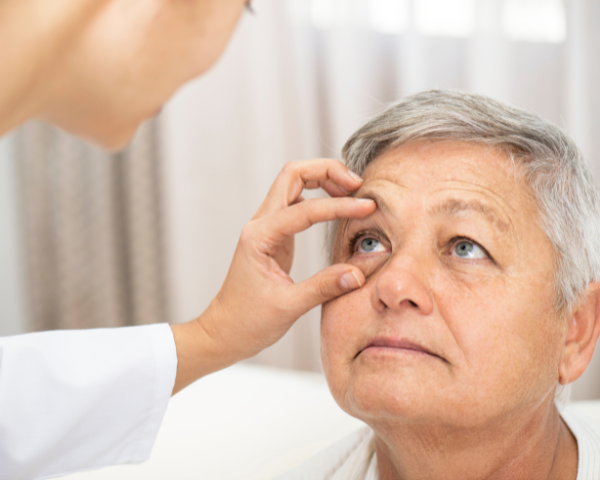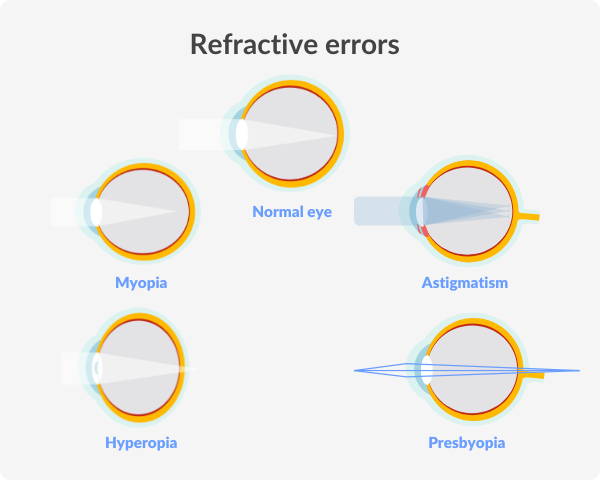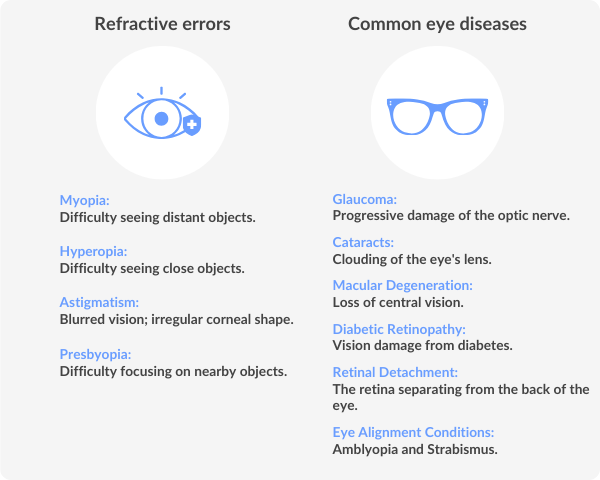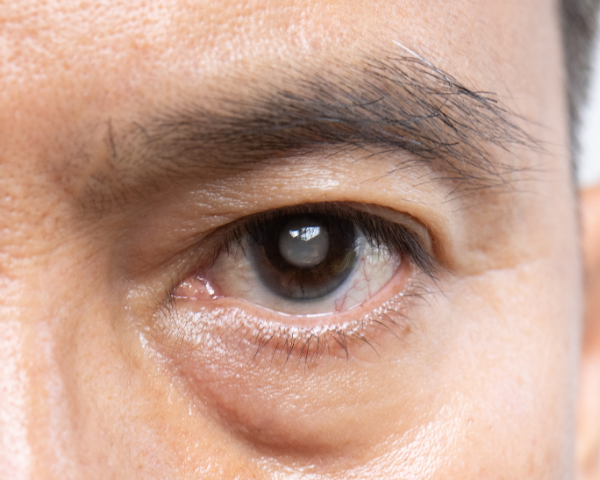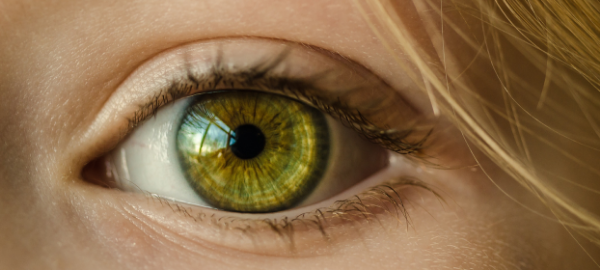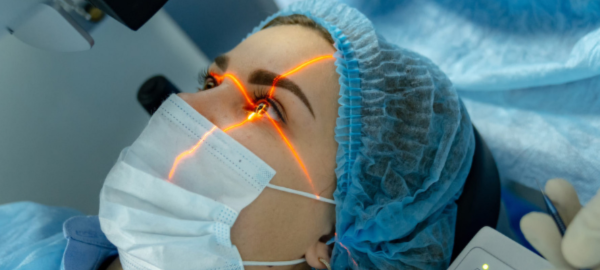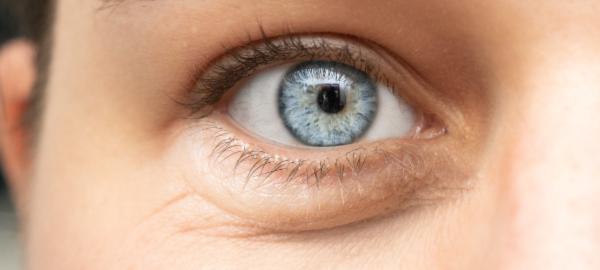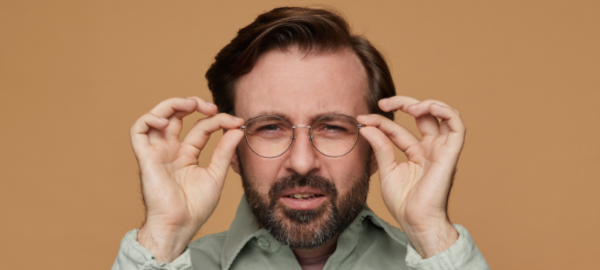How to Choose Glasses

Reviewed by
Beck Jinnette
Shopping for new eyeglasses frames can be an overwhelming process; after all, it’s a defining accessory that’s part of your everyday wear.
If you’re looking to buy some glasses but just can’t seem to make your mind up, this guide is for you. We’ll be explaining what to consider when exploring the different frame styles and how to find the ones that will best suit your face and needs.
How to choose glasses based on face shape
Getting the right frames for your face shape is the most important part of buying glasses online. If you’re struggling with choosing glasses, this face shape guide will help clear things up and get you started.
Additionally, when choosing frames make sure to pick a colour that compliments your skin tone. For example, blue frames work well with a cool complexion, while red frames go great with warmer tones.
DID YOU KNOW?
There are four basic face shapes: square, round, oval and heart-shaped. You’ll need to figure out which one you have in order to find the glasses that best complement your features.
Glasses for square faces
Those with square faces have a well-defined face with angular features, such as a wide forehead and a strong jawline, chin and cheekbones. The most prominent feature is often the jawline.
Round glasses or thinner frames are great for contrasting strong features, making them well-suited for those with square face shapes. The curves of these frames help soften the facial features and complement the wearer’s natural look. Aviators or pilot frames are also a good option for those looking for an alternative.
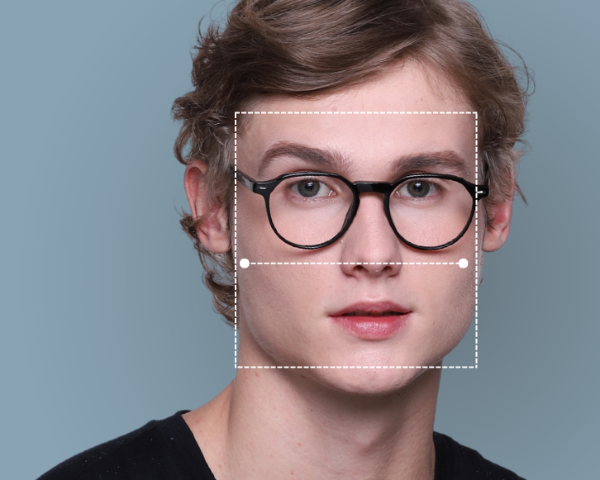
Frames for my square face shape
Oval: Oval frames are the perfect accessory for any occasion. These frames balance out sharp angles and give off a naturally stylish look, with minimal effort required. Take it easy and let these glasses do all the work for you.
Round: No matter how big or small your round frames are, they look exactly how you’d imagine they would – chilled and centred.
Pilot: Aviator glasses will always be on-trend. They look best when worn during warmer months and add a touch of cool to any outfit.
Glasses for round faces
The typical facial features of a round face are wide foreheads, full cheeks and rounded chins. The face is generally nearly equal in length and width, so we recommend glasses shapes with strong details and angles to contrast the soft features.
By adding some contrast, a round face will look thinner and longer. This is why we recommend rectangular, butterfly and wayfarer frames.

Frames for my round face shape
Wayfarer: These frames are iconic, instantly recognisable and extremely popular. It’s no exaggeration to say that these are a must-have pair for both men and women.
Butterfly. These are glasses for those who are bolder and like to experiment with styles. The combinations of round and geometric shapes, designs and silhouettes, make this frame shape unique and fashionable.
Rectangle. These are the perfect frames for the quintessential gentleman or businesswoman. If you’re looking to revamp your look, these are a great option.
Glasses for oval faces
Oval face shapes have balanced features and high cheekbones, with a slightly narrower chin than the forehead. A lot of people consider this to be the ideal face shape as it has the most balanced proportions.
People with oval-shaped faces are quite lucky as pretty much any pair of glasses will suit them. However, oversized glasses can detract from the natural balance of these features, so it’s best to stick to narrower frames.
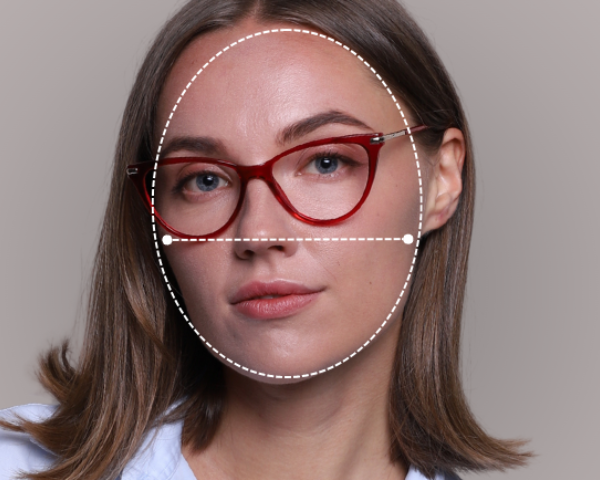
Frames for my oval face shape
Cat-eye: Cat-eye frames are a great option for those who appreciate old-school glamour. If you love wearing your vintage coats and have a flair for drama, these glasses can enhance your classy vibe.
Round: No matter how big or small your round frames are, they will look cool and centred. If you want your vibe to be calm and collected, this is a great pick for you.
Wayfarer: Wayfarers go just as well with oval face shapes as they do with round faces. If you’re looking for something iconic and recognisable, these are the way to go.
Glasses for heart-shaped faces
A heart-shaped face typically has a broad forehead, a narrow jaw, high cheekbones and a well-defined chin. This face shape resembles a stylised heart as it is widest at the top with narrow angles at the bottom.
When choosing glasses for heart-shaped faces, it’s good to create the illusion of a smaller forehead and a broader chin. This can be achieved by choosing glasses that are wider than the forehead, such as Pilot/Aviator, wraparound, wayfarer, or even geometric frames.

Frames for my heart-shaped face shape
Pilot: Aviator glasses will always be on-trend. They look best when worn during the summer months and add a touch of cool to any outfit.
Wraparound: Generally known for their sporty and practical look, wraparounds are the perfect glasses to wear when you want your adventurous side to shine. Head off to distant shores or hike up a mountain in these sporty, protective glasses.
Wayfarer: Wayfarers are very versatile frames that go well with many face shapes, heart-shaped faces included. With these, you can rock an iconic look that compliments most outfits.
How to choose glasses based on your way of living
Your eye needs and daily routine are key when determining the perfect pair of glasses.
Whether you need them all day long or for specific activities such as work, reading and time outdoors, your frames should complement your lifestyle–not complicate it.
Consider your eye needs
Frames for higher prescriptions
If you have a strong prescription your lenses will be thicker, both in the case of nearsightedness (myopia) and farsightedness (hyperopia). To ensure both comfort and aesthetics, opt for frames that can accommodate these lenses without looking bulky.
Full-rimmed frames, especially those made from acetate or thicker plastic materials, are a great choice as they provide better support while concealing the lens edges.
Alternatively, high-index lenses can reduce lens thickness, allowing for more flexibility in frame selection while maintaining a sleek look.
Frames for lower prescriptions
If your prescription is low, you have more freedom in choosing frames. Delicate metal and rimless frames can be a lightweight option for these thinner lenses.
Since lens thickness isn’t a major concern, you can prioritise aesthetics, comfort and personal style without worrying about distortion or excessive weight.
Consider your lifestyle
Frames for active lifestyles
Whether you play sports or are always on the go, you’ll need frames that can keep up with your active lifestyle. Consider sturdier frame materials that can withstand impact and resist bending. Wraparounds are a classic and sports frames built for your activity of preference can offer additional benefits.
Here, lens coatings and add-ons can be an excellent investment.

Anti-scratch coatings help prevent damage from frequent handling, while photochromic lenses adjust to different lighting conditions, eliminating the need to switch between prescription and sunglasses when transitioning from indoors to outdoors.
Polarisation can also be crucial, especially when spending time under bright natural light near reflective surfaces, such as water and snow.
Frames for readers
If you primarily wear glasses for reading, comfort and quality should be your top priorities.
Varifocal lenses are a fantastic option for those who need both near and distance vision correction, as they eliminate the need to switch between reading and regular glasses. For those who only need close-up vision correction, single-vision reading glasses provide a simple yet effective solution.

Alternatively, ready readers are an excellent option for those who don’t need much vision correction at all. These are pre-magnified glasses with equal magnification power in both lenses to provide a more comfortable reading experience.
When choosing your frames, opt for lightweight materials such as acetate or thin metal, which ensure comfort during long reading sessions. A wider lens area can also help reduce the need to constantly adjust your head position while reading.
Frames for digital users
If you spend long hours in front of a screen, you should know that blue light exposure can cause eye strain, headaches and disrupted sleep patterns. Luckily, blue light-blocking glasses can help filter out this light and reduce these effects.
These glasses come in both prescription and non-prescription options, making them suitable for anyone who works at a computer, uses a smartphone frequently, or enjoys gaming.
In addition, occupational lenses–also known as computer progressives–can be a great addition to your routine if you spend a good part of your day in front of the computer. Designed to correct vision at near and intermediate distance, they are great for people who are constantly switching between close-up and intermediate vision tasks, but don’t need distance correction.

These can help reduce eye strain. They also help eliminate the neck pain that can result from tilting your head upwards for extended periods of time to view a screen at intermediate distance with regular varifocals.
When choosing frames for digital use, opt for a lightweight and comfortable fit, especially if they will be worn for extended periods. Large, rectangular frames offer a wider field of vision, making them a great option.
Coatings are also important for digital users: don’t forget to get an anti-reflective coating to reduce screen glare and a blue light blocking coating for optimal protection.
What to keep in mind when choosing glasses
When choosing your next pair of glasses, prioritise comfort, proper fit and functionality. They should be the right glasses for your face shape, in a colour that compliments your skin tone.
Make sure they feel good on your face, don’t pinch your nose or temples and stay in place while you go about your day. A well-fitting frame goes a long way in improving your quality of life and ensures your lenses align correctly with your eyes, providing optimal vision correction.
Functionality is also crucial. Consider your daily activities and vision needs–whether you need sturdy frames for an active lifestyle, lightweight options for long reading sessions, or blue light-blocking lenses for heavy screen-use. The right pair of glasses will improve your routine, not hinder it.
Ultimately, striking a balance between comfort, durability and aesthetics will ensure you get a pair that looks great and feels even better.
And if you need any extra help figuring out what frames are right for you, feel free to reach out to our dispensing opticians. They’re here to help you understand the best match for your lifestyle and vision needs.
Related articles


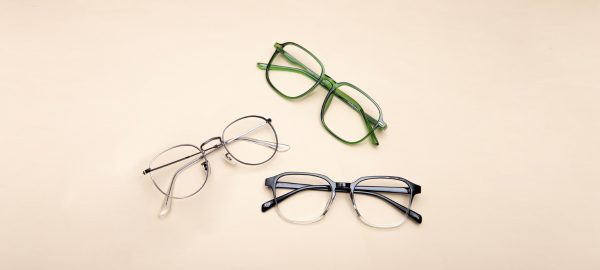
Related articles












































